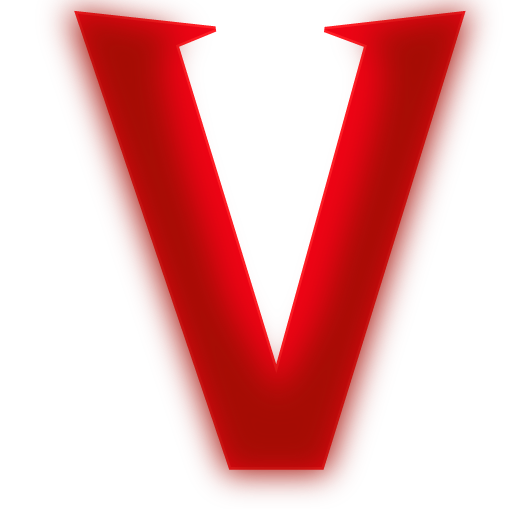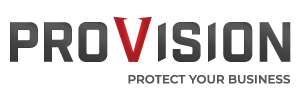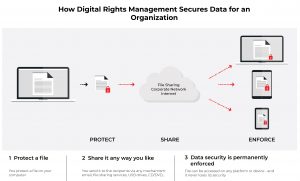Digital Rights Management (DRM) systems aim to create a secure framework to control access and actions that can be performed by users (both human and machine). DRM technologies have become very important in an increasingly networked world because it promises the owner of the file persistent control over the file even when the file leaves the owner’s machine.
Digital rights management (DRM) is intended to enforce restrictions on the use of digital content after it has been delivered to its intended recipient. This type of protection, which stays with the content after delivery, is often referred to as persistent protection. Note that persistent protection is designed to protect the content from unauthorized actions by the legitimate recipient.
Rights management software protects documents and emails on multiple devices using encryption, permissions, authentication and policies. The protection is attached to the data, so it remains in effect inside or outside an organization regardless of how the information is shared and where it resides.
Rights management software aids compliance with HIPAA, GDPR, SOX, PCI-DSS, Family Educational Rights and Privacy Act (FERPA) and other regulations that require restricted access to information.
Challenges
In any industry, securing Intellectual property and document management is at the top most priority. These documents are very close to business growth. At the same time, making them available real-time with correct permission sets is also important.
In order for a DRM solution to be viable for enterprise adoption, it needs to feature trustworthy and scalable authentication services to support DRM software on large numbers of workstations, techniques for converting usage policy into access rules, so that these rules can be enforced by DRM software while also providing robust protection that prevents users bypassing its rules.
How can this technology help you?
On-premises, cloud or hybrid solutions offer an array of capabilities including sanitizing emails, downloading files and transferring files.
Users can manage policies, permissions, identity and other components centrally, and they can streamline the rights management process by integrating enterprise content management systems, collaboration platforms, data loss prevention solutions and other enterprise applications.
A key benefit of this type of solution is how it seamlessly integrates with the existing infrastructure and complements it by bringing enhanced audit, tracking and control in your environment.
Advantages
Control of IPR, reduced publishing costs, ensuring compliance with business processes, and new revenue are just some of the advantages.
DRM solutions also educate users about copyright and intellectual property and helps authors or data owners retain ownership of their work.





